Exercises to Tone Every Inch of Your Body
Working out offers a wide range of physical, mental, and emotional benefits. Here are some of the key advantages:
Physical Benefits:
- Improves Cardiovascular Health: Regular exercise strengthens the heart, improves circulation, and reduces the risk of heart disease, stroke, and high blood pressure.
- Builds Muscle Strength and Endurance: Strength training and resistance exercises help increase muscle mass and improve overall strength.
- Enhances Flexibility and Mobility: Stretching and activities like yoga improve flexibility, reduce stiffness, and enhance range of motion.
- Supports Weight Management: Exercise helps burn calories, maintain a healthy weight, and prevent obesity.
- Boosts Immune Function: Regular physical activity can strengthen the immune system, making it easier to fight off illnesses.
- Improves Bone Density: Weight-bearing exercises like walking, running, and lifting weights help maintain and increase bone density, reducing the risk of osteoporosis.
- Enhances Energy Levels: Exercise improves blood flow and oxygen delivery to tissues, boosting energy and reducing fatigue.
- Promotes Better Sleep: Regular physical activity can help you fall asleep faster and improve sleep quality.
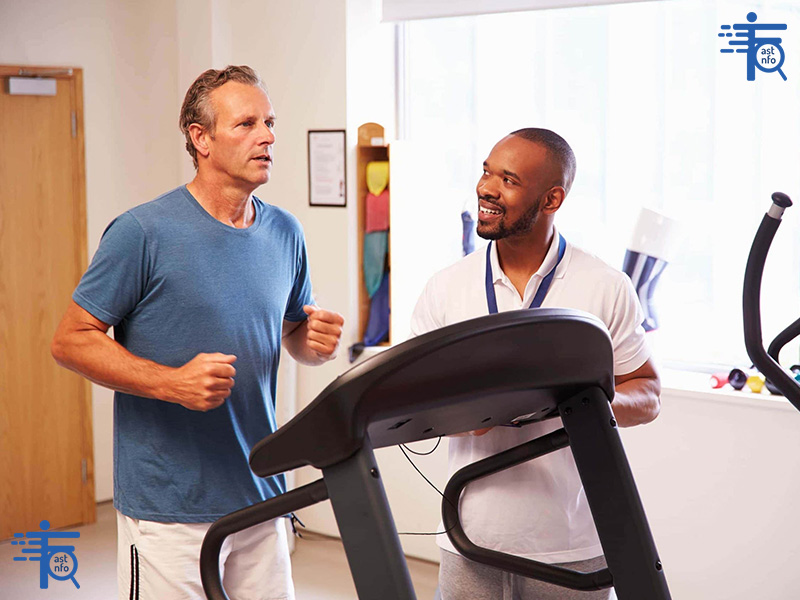
Mental and Emotional Benefits:
- Reduces Stress and Anxiety: Exercise triggers the release of endorphins, which are natural mood lifters, helping to reduce stress and anxiety.
- Improves Mood: Physical activity can alleviate symptoms of depression and boost overall emotional well-being.
- Enhances Cognitive Function: Exercise improves memory, focus, and brain function by increasing blood flow to the brain and promoting the growth of new brain cells.
- Boosts Self-Esteem and Confidence: Achieving fitness goals and improving physical appearance can enhance self-confidence and self-worth.
- Provides a Sense of Accomplishment: Completing a workout or reaching a fitness milestone can give you a sense of achievement and motivation.
Long-Term Health Benefits:
- Reduces Risk of Chronic Diseases: Regular exercise lowers the risk of developing conditions like type 2 diabetes, certain cancers, and metabolic syndrome.
- Increases Longevity: Staying active is associated with a longer lifespan and a higher quality of life as you age.
- Improves Posture and Balance: Strengthening core muscles and practicing balance exercises can reduce the risk of falls and injuries, especially in older adults.

Social Benefits:
- Encourages Social Interaction: Group workouts, sports, or fitness classes provide opportunities to meet new people and build relationships.
- Fosters Teamwork and Collaboration: Participating in team sports or group activities can improve communication and teamwork skills.
Lifestyle Benefits:
- Increases Productivity: Regular exercise can improve focus and efficiency, making you more productive at work or school.
- Encourages Healthy Habits: Working out often leads to better nutrition and lifestyle choices, such as eating healthier and avoiding harmful habits like smoking.
Incorporating regular physical activity into your routine, even in small amounts, can have a profound impact on your overall health and well-being.
Why these 10 exercises will rock your body
These 10 exercises are highly effective because they target multiple muscle groups, improve overall fitness, and can be adapted to any fitness level. Here’s why they will “rock your body”:
1. Squats
- Why it rocks: Squats are a compound movement that targets your quads, hamstrings, glutes, and core. They also improve lower body strength, mobility, and balance.
- Bonus: They mimic everyday movements like sitting and standing, making them functional and practical.
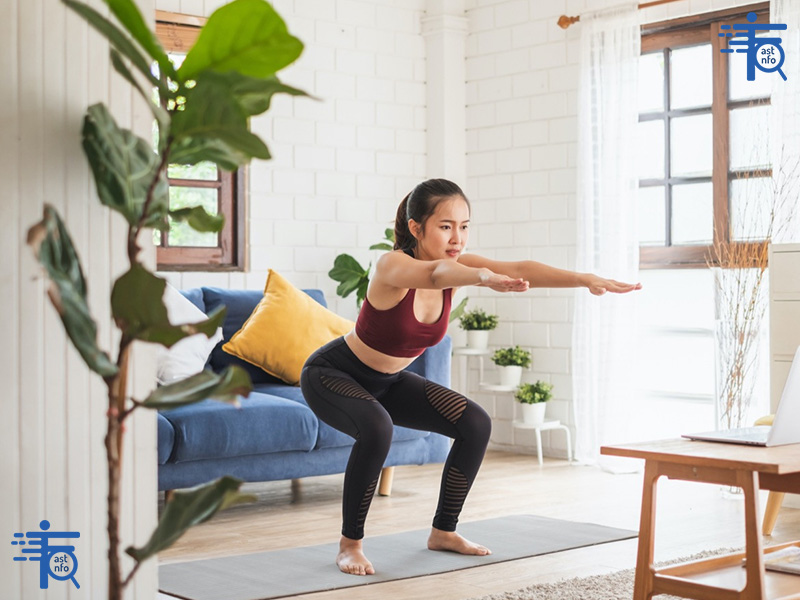
2. Push-Ups
- Why it rocks: Push-ups work your chest, shoulders, triceps, and core. They build upper body strength and stability while improving posture.
- Bonus: No equipment needed—they can be done anywhere, and variations (like incline or decline) suit all fitness levels.
3. Deadlifts
- Why it rocks: Deadlifts are a powerhouse exercise that strengthens your glutes, hamstrings, lower back, and core. They also improve grip strength and overall power.
- Bonus: They teach proper lifting mechanics, which can prevent injuries in daily life.
4. Planks
- Why it rocks: Planks are a core-strengthening exercise that also engage your shoulders, back, and glutes. They improve posture, stability, and endurance.
- Bonus: They’re low-impact and can be modified to increase or decrease difficulty.
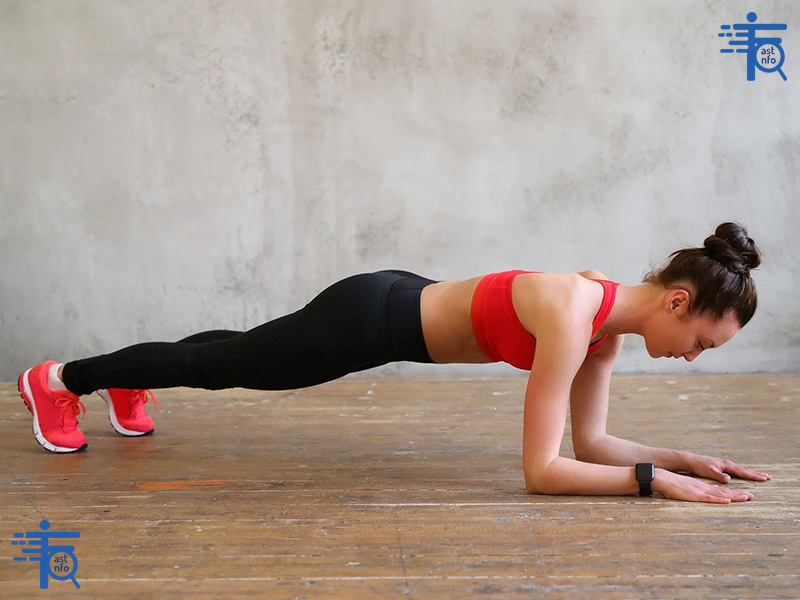
5. Lunges
- Why it rocks: Lunges target your quads, hamstrings, glutes, and calves while improving balance and coordination. They also help correct muscle imbalances between legs.
- Bonus: You can do them with body weight, dumbbells, or as walking lunges for variety.
6. Pull-Ups
- Why it rocks: Pull-ups are one of the best upper body exercises, working your back, shoulders, biceps, and core. They build functional strength and improve grip.
- Bonus: They’re a great measure of relative strength (strength compared to body weight).
7. Burpees
- Why it rocks: Burpees are a full-body, high-intensity exercise that combines strength and cardio. They work your legs, core, chest, and arms while boosting endurance.
- Bonus: They torch calories and improve cardiovascular fitness in a short amount of time.
8. Kettlebell Swings
- Why it rocks: This explosive movement targets your glutes, hamstrings, core, and shoulders. It also improves power, endurance, and cardiovascular fitness.
- Bonus: It’s a great way to build strength and burn fat simultaneously.
9. Mountain Climbers
- Why it rocks: Mountain climbers are a dynamic core exercise that also work your shoulders, chest, and legs. They elevate your heart rate, making them great for cardio.
- Bonus: They improve coordination and agility while burning calories.

10. Russian Twists
- Why it rocks: Russian twists target your obliques, core, and lower back. They improve rotational strength, which is essential for sports and daily activities.
- Bonus: You can add weight (like a medicine ball) to increase intensity.
Why These Exercises Work Together:
- Full-Body Engagement: These exercises work multiple muscle groups simultaneously, ensuring a balanced workout.
- Functional Fitness: They mimic real-life movements, improving your ability to perform daily tasks with ease.
- Scalability: Each exercise can be modified to suit beginners or advanced fitness levels.
- Efficiency: You can build strength, endurance, and flexibility without needing a lot of equipment or time.
- Fat Loss and Muscle Building: Many of these exercises are compound movements that burn calories and build muscle at the same time.
By incorporating these 10 exercises into your routine, you’ll see improvements in strength, endurance, flexibility, and overall fitness—truly rocking your body!
How to improve workouts
Improving your workouts involves optimizing your routine, form, nutrition, and recovery to maximize results and prevent plateaus. Here are actionable tips to take your workouts to the next level:
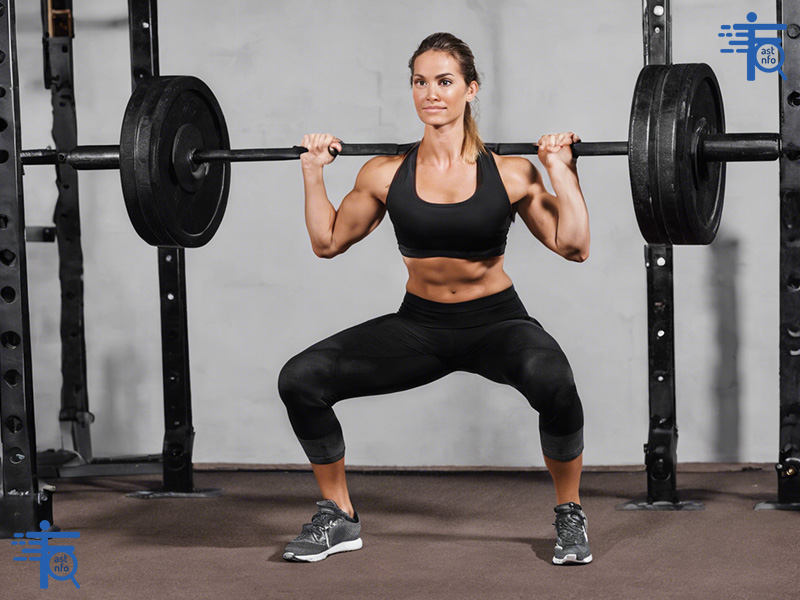
1. Set Clear Goals
- Why: Having specific, measurable goals (e.g., lose 10 pounds, run a 5K, lift a certain weight) keeps you motivated and focused.
- How: Use the SMART framework (Specific, Measurable, Achievable, Relevant, Time-bound) to define your goals.
2. Follow a Structured Plan
- Why: Random workouts are less effective than a well-designed program.
- How: Create or follow a workout plan that includes strength training, cardio, and flexibility exercises. Progressively increase intensity (progressive overload) to avoid plateaus.
3. Focus on Form and Technique
- Why: Proper form prevents injuries and ensures you’re targeting the right muscles.
- How: Watch tutorials, work with a trainer, or record yourself to check your form. Start with lighter weights to master the movement before increasing load.
4. Incorporate Compound Exercises
- Why: Compound movements (e.g., squats, deadlifts, bench presses) work multiple muscle groups at once, making your workouts more efficient.
- How: Prioritize exercises like squats, lunges, push-ups, and rows in your routine.
5. Add Variety
- Why: Doing the same workout repeatedly can lead to boredom and plateaus.
- How: Change your exercises, rep ranges, or workout structure every 4-6 weeks. Try new activities like yoga, swimming, or HIIT.
6. Increase Intensity Gradually
- Why: Your body adapts to stress, so you need to challenge it consistently to see progress.
- How: Use progressive overload by increasing weight, reps, sets, or reducing rest time between sets.
7. Prioritize Recovery
- Why: Muscles grow and repair during rest, not during the workout.
- How: Get 7-9 hours of sleep per night, take rest days, and incorporate active recovery (e.g., light stretching, walking).
8. Fuel Your Body Properly
- Why: Nutrition plays a huge role in energy levels, performance, and recovery.
- How:
- Eat a balanced diet with protein, carbs, and healthy fats.
- Pre-workout: Consume carbs and protein 1-2 hours before exercising (e.g., banana with peanut butter).
- Post-workout: Refuel with protein and carbs within 30-60 minutes (e.g., protein shake with fruit).
9. Stay Hydrated
- Why: Dehydration can lead to fatigue, cramps, and reduced performance.
- How: Drink water throughout the day and during your workout. For intense or long workouts, consider an electrolyte drink.
10. Track Your Progress
- Why: Tracking helps you stay accountable and see how far you’ve come.
- How: Use a journal, app, or fitness tracker to log workouts, weights, reps, and how you feel.
11. Warm Up and Cool Down
- Why: Warming up prepares your body for exercise, and cooling down aids recovery.
- How:
- Warm-up: Do dynamic stretches or light cardio (e.g., jogging, jumping jacks) for 5-10 minutes.
- Cool-down: Stretch major muscle groups and focus on deep breathing.
12. Incorporate Strength and Cardio
- Why: Combining both improves overall fitness, burns fat, and builds muscle.
- How: Alternate strength training and cardio days, or do circuit training that includes both.
13. Use Technology and Tools
- Why: Fitness apps, trackers, and equipment can enhance your workouts.
- How: Use apps for guided workouts, trackers to monitor heart rate and steps, or resistance bands for added challenge.
14. Stay Consistent
- Why: Consistency is key to long-term progress.
- How: Schedule workouts like appointments, and find a routine that fits your lifestyle.
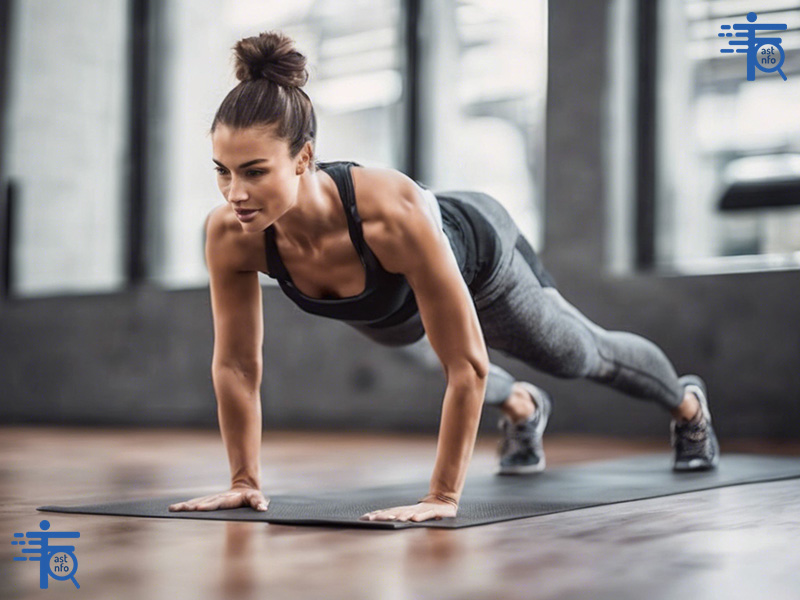
15. Listen to Your Body
- Why: Overtraining can lead to burnout or injury.
- How: Rest if you’re feeling overly fatigued or sore. Adjust your workouts based on how your body feels.
16. Challenge Yourself
- Why: Stepping out of your comfort zone leads to growth.
- How: Try new exercises, increase weights, or shorten rest periods. Incorporate advanced techniques like drop sets, supersets, or tempo training.
17. Stay Motivated
- Why: Motivation keeps you consistent and focused.
- How: Work out with a friend, join a class, or reward yourself for reaching milestones. Remind yourself why you started.
By implementing these strategies, you’ll not only improve your workouts but also see better results, stay injury-free, and enjoy the process!
fastinfosearch site provides the best information
Suggested content:




